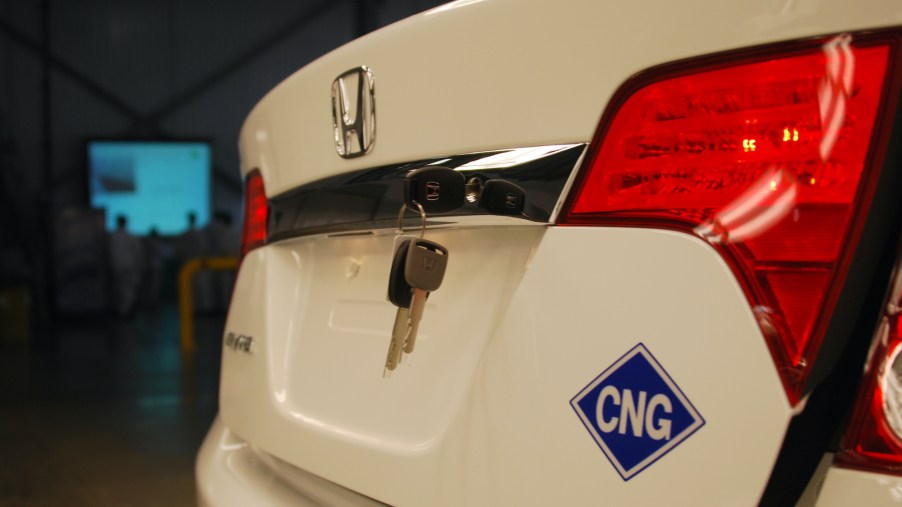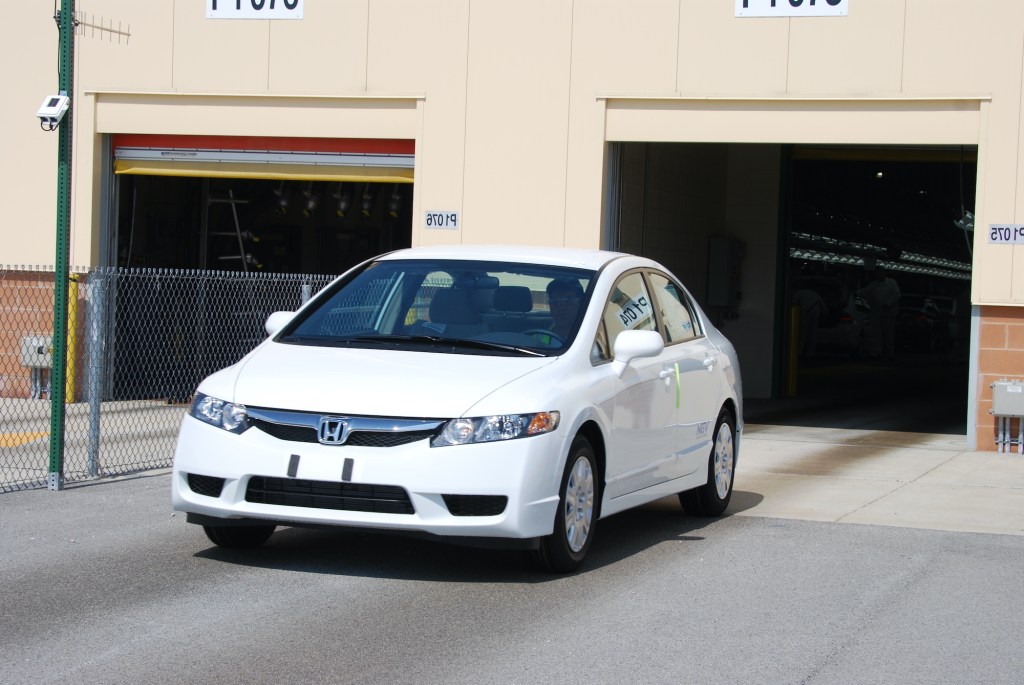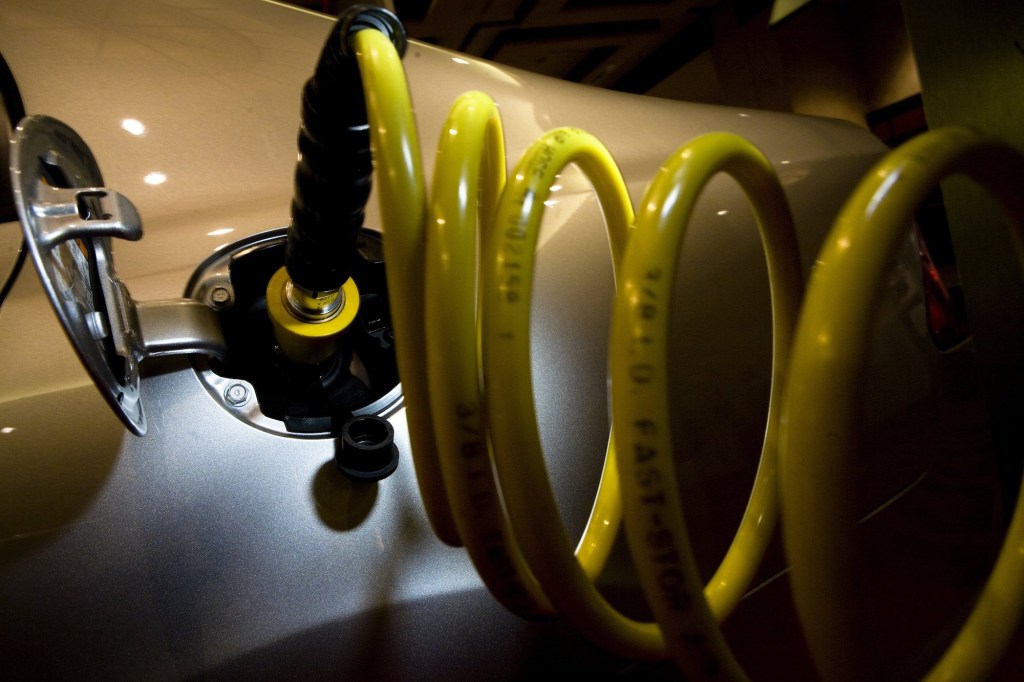
Why Aren’t Natural Gas Cars More Popular?
While electric cars and hybrids are becoming more and more popular, it seems that no one cares about compressed natural gas cars. And although they are cheaper, cleaner, and safer, natural gas cars just never really caught on. So what happened?
Natural gas cars are clean and cheap, but not that efficient

If you’re not familiar with compressed natural gas (CNG) cars, then we’ll bring your attention to the Honda Civic GX. You’re probably not familiar with it, but in short, the Civic GX was a natural gas car in the brand’s lineup from the late 90s to the early 2000s. It was mainly sold as a fleet car for natural gas companies and the like, but it was eventually offered to the public as well. However, no one really bought into the idea of natural gas during the time it was available.
According to OilPrice.com, natural gas is cheaper than gasoline and it’s cleaner-burning too. On top of that, natural gas is safer as it’s lighter than air, which means that it will dissipate quickly in the event of an accident as opposed to the fiery mess that gasoline can make. So why aren’t CNG cars like the Civic GX more popular?
For starters, although it burned cleaner and could be filled up for pennies on the dollar, the Civic GX wasn’t very efficient. According to the EPA, the 2008 Civic GX is rated at 24 mpg in the city and 36 mpg on the highway, which is nearly identical to its gas-burning Civic LX counterpart. However, the downside is that the CNG only has an 8-gallon tank, which only allowed for around 170 miles on one tank of gas. In contrast, the Civic LX could get close to 400 miles on one tank.
CNG range anxiety is worse than the electric vehicle kind

Another reason that CNG cars aren’t more popular is the lack of CNG filling stations around the U.S. You can actually map out your trips and find CNG stations in your area, just like you can with electric vehicle and their chargers. However, natural gas stations are few and far between, which means that when you combine that with the car’s short-range, you’ll experience range anxiety like you never have before.
In fact, I personally got to experience the 2008 Civic GX for a weekend when it debuted. While it was nice to be able to fill up the tank for around $7 (at the time), it only afforded me around 180 miles on the tank. At one point, I found myself sitting in bumper-to-bumper traffic in L.A. and staring at the fuel tank needle sitting dangerously close to “empty.”
Fortunately, I saw a blue “CNG” sign on the next exit and followed the proceeding signs to the nearest station. I kept thinking that, had I ran out of fuel, I would have needed a tow truck since it’s not like roadside assistance can just put gas in the car.
Natural gas cars sounded like a good idea, but they weren’t

While the thought of a cleaner-burning, cheap-refilling Civic, or any other car, sounds like a great idea, its range and efficiency are still important factors. In fact, there aren’t even any new CNG cars being sold at this time. However, you can retrofit a gas-only car with a CNG setup if you want it to be cleaner burning and cheaper to fill up, but it’s most likely not worth the effort. It’s no wonder CNG cars never caught on.



